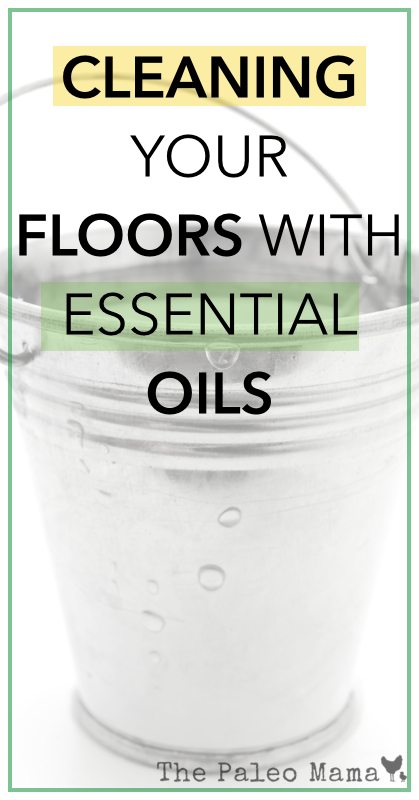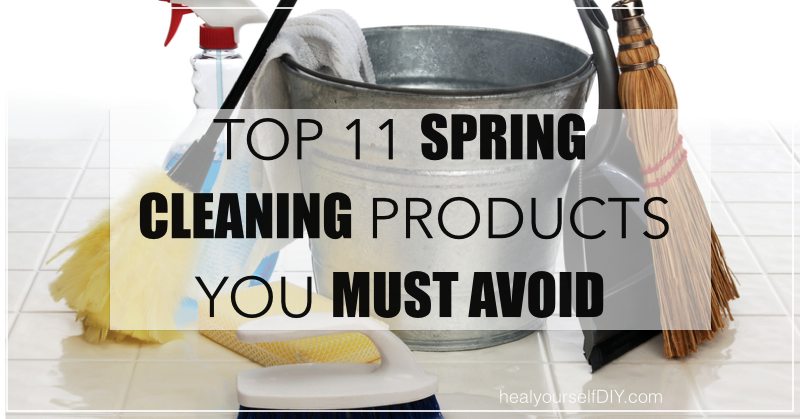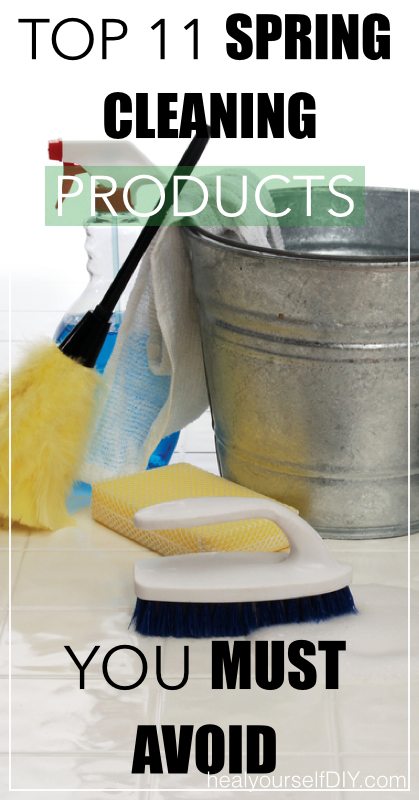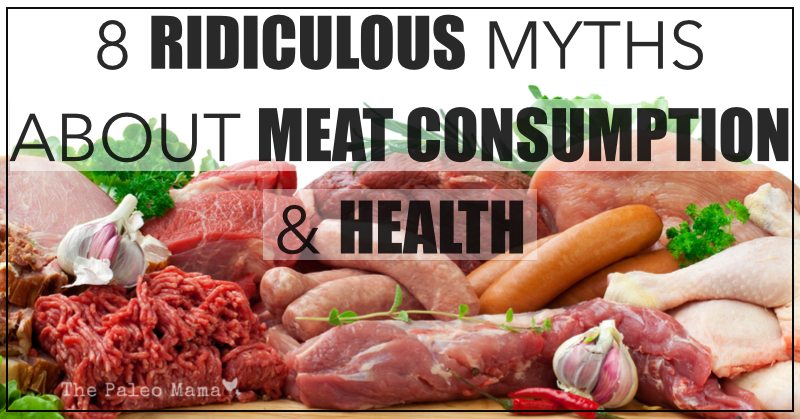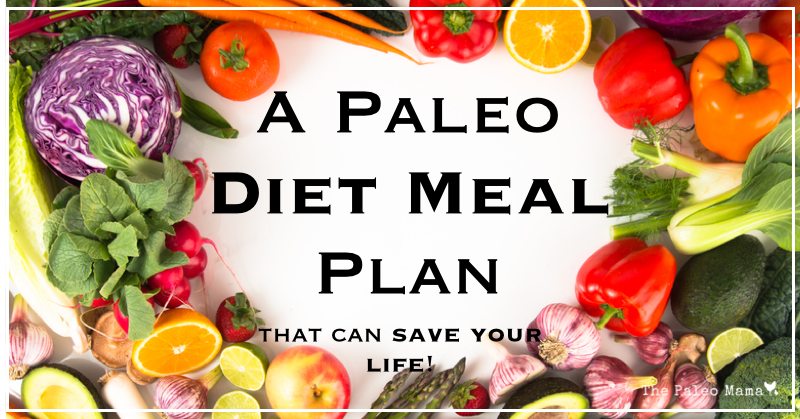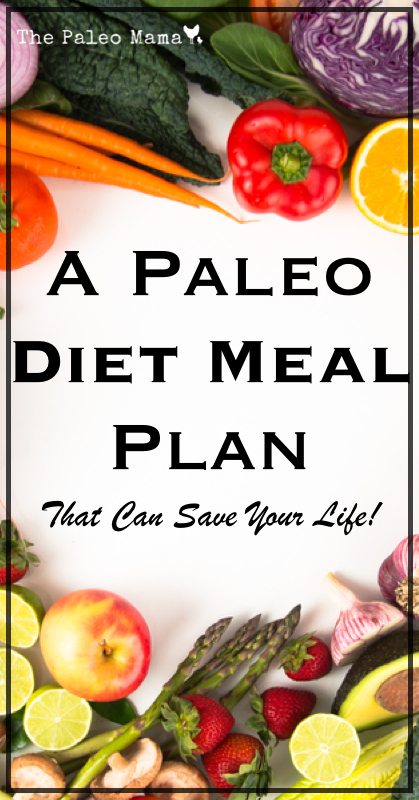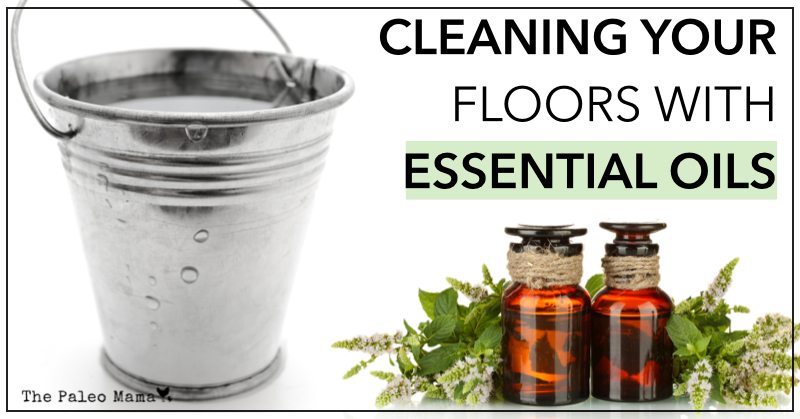
Recently I published an article listing the cleaning products and ingredients that you MUST avoid when you are cleaning your house. Many of the common household cleaners that we use are not only extremely toxic and carcinogenic to us, but they are taking a toll on the environment as well. Is all these cleaning products really necessary anyway?
We have become so scared of germs and bacteria that we are leered in to using products labeled “kills 99.9% of bacteria” and “kills germs on target.” When I see products like this it always causes me to think about how this world must have been before commercial cleaning products and if germs was such a big deal back-in-the-day.
When it comes to cleaning your floors, you don’t need expensive products to do the job. Essential oils are great at cleaning up the dirt while leaving a refreshing, clean aroma in the air. Cleaning your floors with essential oils is completely safe, non-toxic, frugal, and easy!
Best Essential Oils to Clean Your Floors With:
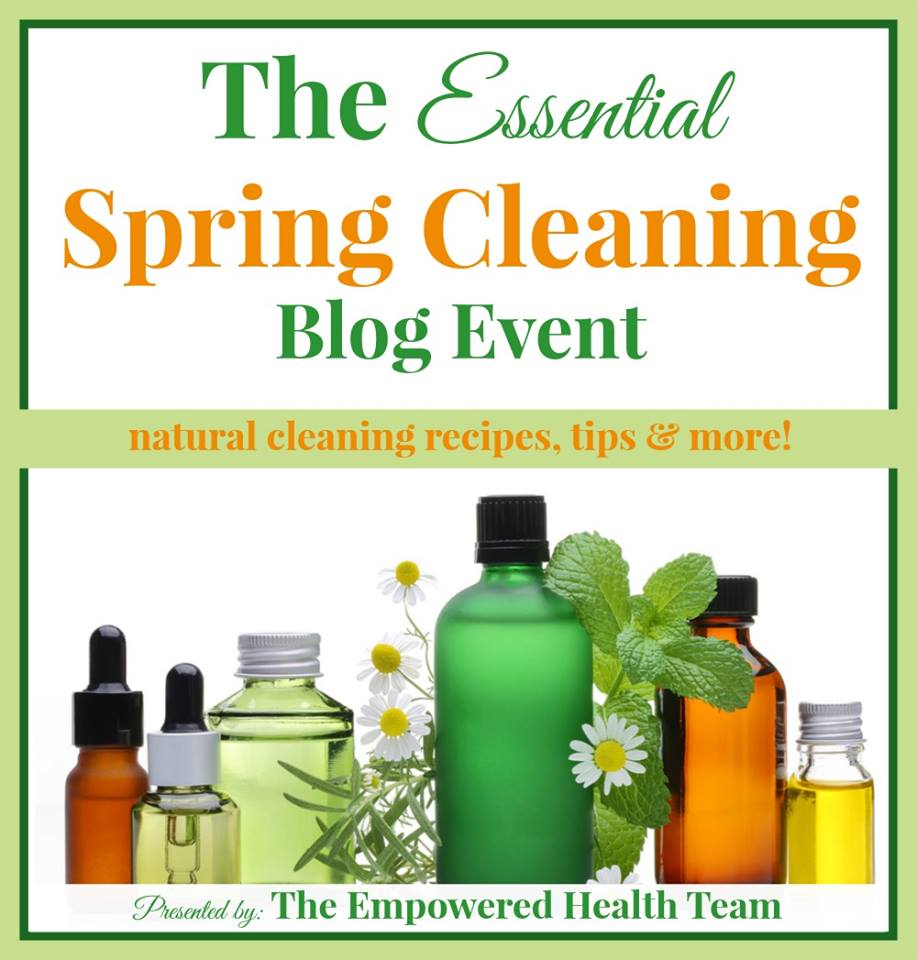
- Lavender + Lemon
- Citrus Blend: Lemon, Lemongrass, Wild Orange, and Lime
- Spicy Blend: Orange, Clove or Cinnamon
- Protective blend
- Cleansing Blend: Melaleuca + Eucalyptus
- Minty Refresher: Peppermint + Wild Orange
Where to buy essential oils? (click here)
What Oils Are The Best for Your Needs:
- Have ants and mice? Use Peppermint
- Feeling poopy? Use Melaleuca
- Want to disinfect? Use Lemon
How to Use Essential Oils on Your Floors:
1. Multi-Purpose Floor Cleaner Recipe
The beauty of using essential oils on your floors, is that you don’t have to worry about using a specific oil on a specific service. Each essential oil will work on your floors. This recipe works if you have tile, hardwood, linoleum, ceramic, laminate, and vinyl. You can mix any of the oils I recommend above to make this recipe or use one single oil.
INGREDIENTS:
- 1 cup of white vinegar
- 1 TB of castile soap
- 15 drops of essential oils
- One bucket of water
DIRECTIONS:
- Put all the ingredients in a bucket and use to mop the floors.
2. Heavy Duty Floor Cleaner
This is a great recipe to whip up if you have a really messy, sticky spill. Most likely, you will want to use this in your kitchen under where your kids eat!
INGREDIENTS:
- Make the recipe above for my Multi-Purpose Floor Cleaner
- Mix in 1/4 cup of baking soda
DIRECTIONS:
- Mop the floor with the mixture above. Then go over with hot water to rinse any residue.
Click here to Pin this article!
